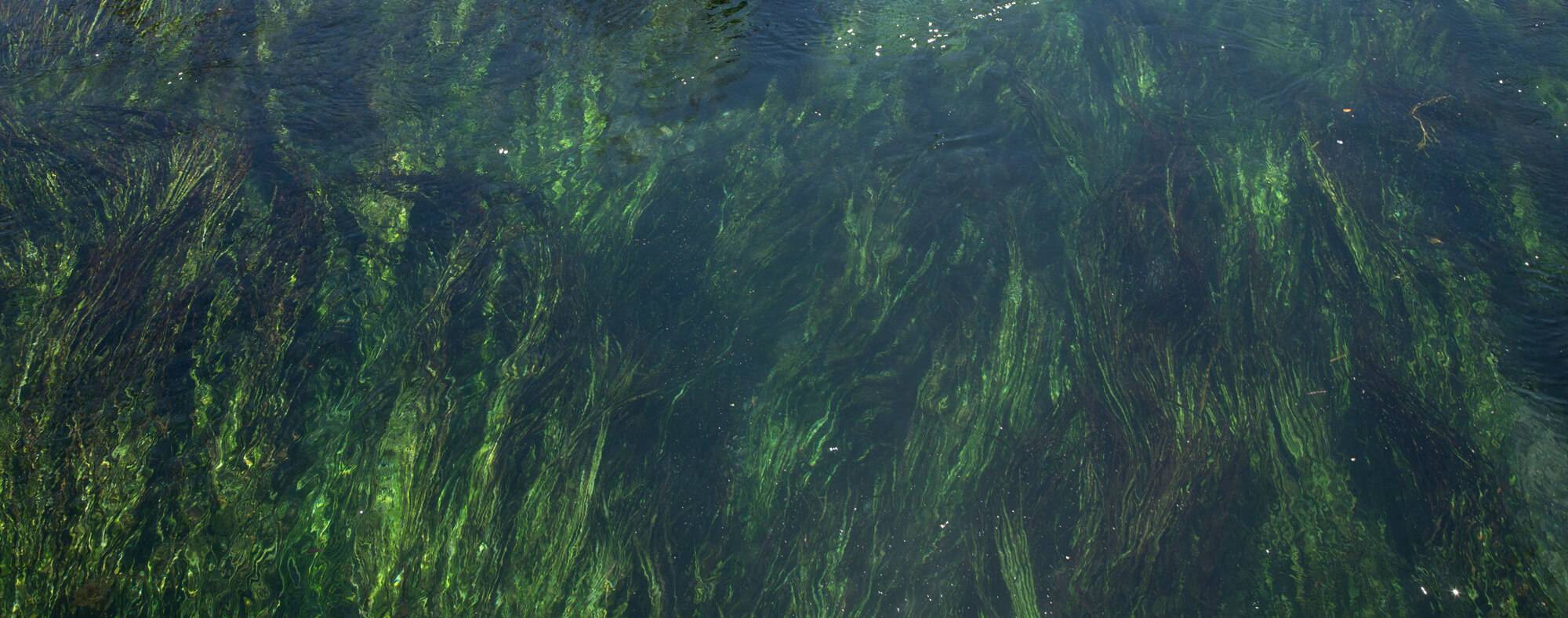Sunken Ships of Colombia
Sunken Ships of Colombia
The Caribbean coast of Colombia is famous for being part of the Spanish treasure route, including Cartagena de Indias, a crucial port along the route. It was the call of gold and silver that led to conflict among natives, Spanish fleets, privateers, pirates, and foreign navies, leaving numerous shipwrecks along the coast and surrounding ports such as Cartagena. While it is known that many shipwrecks exist, very little has been done to document, study, and manage this underwater cultural heritage and some areas remain unexplored. This project aims to search for and document these sites using systematic electronic and diver surveys to locate potential shipwreck sites and add them to the national database of archaeological sites, which will inform the development of a management framework and a better understanding of the extent of the resources. Additionally, scientific diver training will be provided for Colombian professionals as one aspect of the project’s public outreach efforts.
The Bahía de Gloria and the coastal area of Urabá, where Santa María was located, have never been investigated before and this will be the first exploration of those waters. Cartagena has been the site of some initial work over the last decade, in which a number of researchers have made efforts to investigate the city’s cultural heritage and archaeological resources, yet much of the focus has been on coastal fortifications and defensive systems (Garcia and del Cairo 2002, Romero and Pérez 2005, del Cairo and Garcia 2006). No systematic archaeological research has been conducted to explore the waters surrounding the famous walled city. Additionally, multi-disciplinary aspects of this research will involve shoreline evolution and characterization.
The data acquired during this project will provide some of the first insight into the underwater cultural heritage found in the waters surrounding two of Colombia’s most important Spanish colonial ports and the groups and individuals that made them successful. The documentation and preliminary analysis of sites that are discovered will be published in both Spanish and English, and will be used for public outreach and virtual exhibition online and at the Uninorte’s museum of archaeology. The site locations will be listed in ICANH’s national database of archaeological sites and will also allow for further development of a specific management framework for submerged cultural resources, including best management practices and site monitoring procedures. The dive training provided as part of the project will also serve to assist the CIOH in future research, even non-archaeological in nature, and perhaps to prepare them to serve as the agency that monitors these sites in the future. Finally, this initial work will inform future long-term efforts to create an international and multi-disciplinary research program within the region to focus on more in-depth research and training for students and professionals from Colombia and other countries.
Partners
-
Universidad del Norte (Uninorte)
-
The Instituto Colombiano de Antropología e Historia (ICANH)
-
The Centro de Investigaciones Oceanográficas e Hidrográficas (CIOH) of the Colombian Navy
